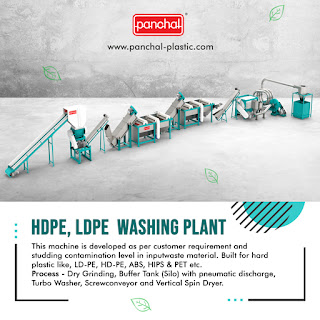Basic Procedure of Washing Machine
To produce mild steel hollow-sections, you need to use
a series of cutters, plastic "spacers", and industrial rings in your
slitting-line machine. This allows for high quality steel strips. This results
in hollow-section shapes that can be shaped in a variety of ways, including
square, rectangular, and multi-c.
Before you begin the process, make sure that the cutters, plastic "spacers" and industrial rings are clean. This is important for two reasons. The first is to ensure the equipment is durable. The Plastic Washing Machine second is because if the cutters are not cleaned properly, they may grow in size by a few micrometers from dust particles, which can lead to incorrectly sized strips. These two main reasons are not the only ones. If the cutters are not cleaned properly, sparks can attach to them during welding or cutting of damaged sections. This can lead to lower quality hollow-section strips. It is important to clean the cutters, the plastic "spacers" and the industrial rings prior and after the slitting process.
Before you arrange the cutters, make sure to have the
setting plan for the slitting machine and align all materials. This will
simplify the process and prevent any errors that can sometimes lead to a new
machine not working properly. Once everything is in place, you can open the
machine. The first step is to remove the stand-lock bolt and then move it away
from the shaft using the movable stand stud screw. The slitting machine's top
shaft and bottom shafts should be separated by turning the hand wheel in an
anticlockwise motion until you have access to the overlapped cutters. Once
that's done, you can remove the plastic spacers, cutters, and rings, then
assemble them according to the size of the strips.
Plastic ‘spacers with rubbers and without should be
placed in an equal order. The rubber's purpose is to strengthen the strips of
the slitting machine, preventing them from moving out of alignment and causing
damage to the end resultant strips. Once the plastic "spacers" are in
place, lock the stand-lock bolt. Close the shaft-lock nuts. Slowly rotate the
hand wheel to return the shafts of the slitting machines to their original
positions. This will ensure that the cutters' edges are aligned and overlap.
Finally, once you are done with the assembly, tighten the shaft-nut of the
slitting machine so that materials do not shift after the slitting begins.
To ensure that the strips are evenly recoiling at the
separator shaft, the bush, disk and rings should be set according to the
setting of the slitting machine. Instead of creating a space between the spacer
disks of the exact width, there should be an allowance. For example, strips
with thickness of 1 millimeter or less should have a allowance of 1.2
millimeter, and strips with a thickness of 5 millimeter, preferably 2
millimeters. Because strips with a thin thickness of 1 millimeter or less tend
to move out of alignment, you should allow for a specified margin of error to
ensure that the work is completed in alignment.
Once everything is set up and in operation, continue
the process until the hollow-sections have been created. Once the process is
completed, measure the distance between the cutters to confirm accuracy. Insert
a plastic shim of the required thickness between the spacers' if there is a
decrease in the length between the cutters. The thickness of plastic shims is
usually between 0.1 and 0.8 millimeters.
After the process is complete, it is important to keep the cutters separate. This is due to the fact that while light gauge cutters can be used to cut strips of 1.0 mm, they can also be used to cut strips of thickness of 5.0 mm. However, if a light gauge cutter has been used in cutting thicker material such as 5.0 m, it should not be mixed with light gauge cutters. Otherwise, you will end up with low-quality strips. You should also remember to clean all materials, as previously mentioned.




Comments
Post a Comment